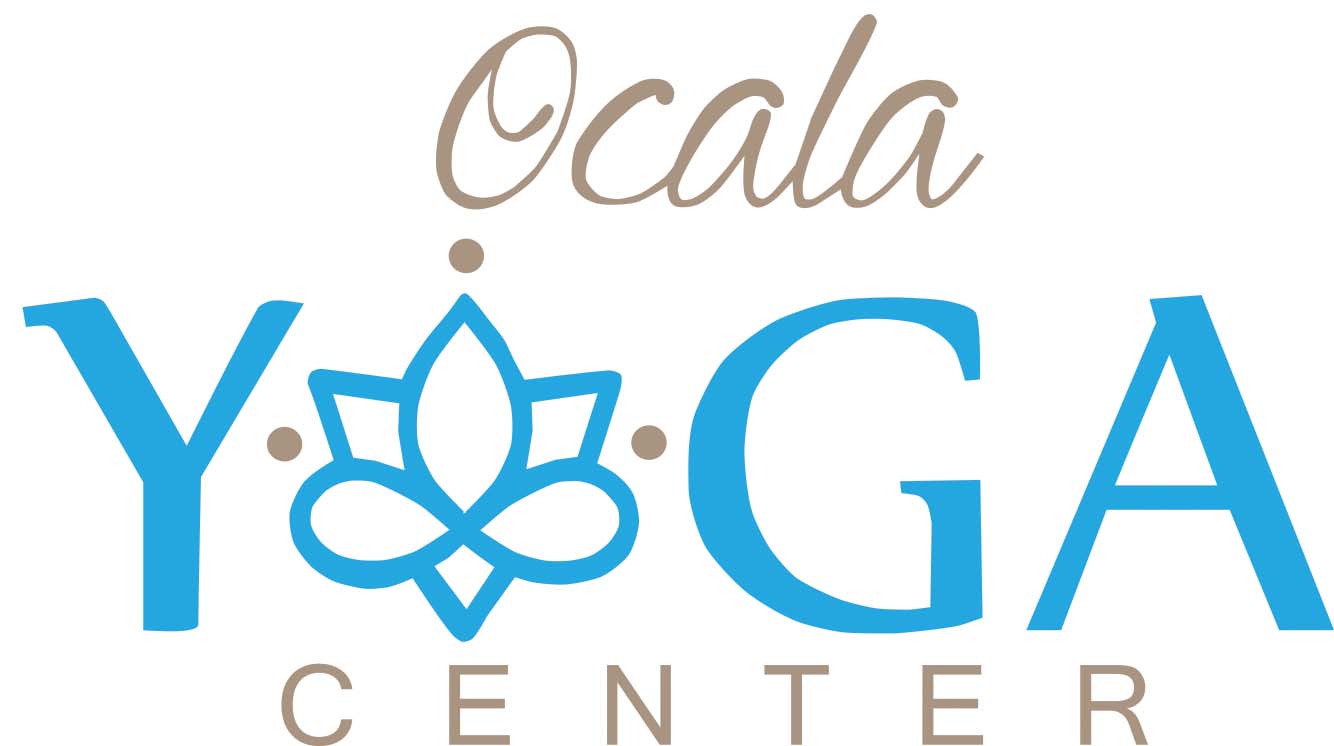Hello everyone, and Happy New Year!
As the calendar turns to 2025, it’s natural to feel a mix of excitement and anticipation for the year ahead. Yet, for many of us, the New Year’s promise of fresh starts is tempered by the persistence of familiar challenges. Maybe for you, that external disturbance is a noisy neighbor, a brother-in-law who is always broke, a child who won’t do her chores, or a traffic-congested drive to work. Unfortunately, for some of us, the external circumstances are far more challenging. But does that mean we should throw our hands up in frustration or keep trudging along, waiting for these external situations to magically change? Yoga philosophy offers a resounding “no!” Instead, it shows us a path inward.
At its heart, yoga philosophy invites us to dismantle the unhelpful, habituated patterns in our lives. These patterns often cloud the way we perceive the world, leading to strong emotional reactions to external circumstances. In yogic terms, these ingrained patterns are called samskaras. Samskaras are subconscious imprints that shape our thoughts, behaviors, and reactions. The word itself translates to “groove,” “mark,” or “impression,” reflecting the way these patterns are etched into our psyche over time. Many samskaras are formed during childhood, often rooted in events that left a deep emotional impact. Some are beneficial, like the reflex to avoid a hot stove. Others, however, can limit us, such as the belief that speaking up will lead to punishment or rejection.
The more we repeat a reaction rooted in a samskara, the deeper the groove becomes. Over time, these grooves can feel like ruts, trapping us in disempowering cycles and preventing us from experiencing life as it truly is. The key is recognizing that samskaras are not our destiny. They’re simply patterns—patterns that yoga practice can help us rewire.
Through yoga, we cultivate awareness. With intentional focus and discipline, we learn to pause and observe our thoughts, emotions, and reactions without judgment. This practice allows us to disrupt the automatic responses driven by our samskaras. Instead of reacting, we begin to respond with clarity and compassion. Over time, this conscious effort can soften those deep grooves, giving us the freedom to engage with the world from a place of authenticity and presence.
Here’s a simple way to start: the next time someone cuts you off in traffic or your child stomps off to their room in a huff, pause. Take a deep breath. Notice the initial surge of frustration or irritation, but don’t act on it immediately. Take another deep breath and notice the emotions and sensations you’re experiencing. Once these feelings begin to subside, ask yourself: What am I reacting to? Is this about the moment at hand, or is it tied to something deeper? Acts of reflection such as these begin to loosen the hold of samskaras.
Yoga also teaches us that these patterns do not define our true nature. Beneath the grooves and impressions lies a pure, unchanging essence—our true Self. This essence is peaceful, joyful, and whole. By dedicating ourselves to consistent practice, we peel back the layers of samskaras and reconnect with our inner light. It’s a process, but one that is both transformative and liberating.
So as we step into 2025, let’s commit to more than just external resolutions. Let’s resolve to explore the inner landscape of our minds and hearts. Let’s resolve to see the world, and ourselves, with fresh eyes—free from the weight of old patterns.
Happy New Year to you and yours!
Jai Bhagwan,
Kristine
P.S. If you’re ready to dive deeper into the transformative power of yoga, our TrueForm® Yoga Teacher Training begins January 10th. This could be the year you step into a new groove—one that aligns with your highest potential!
